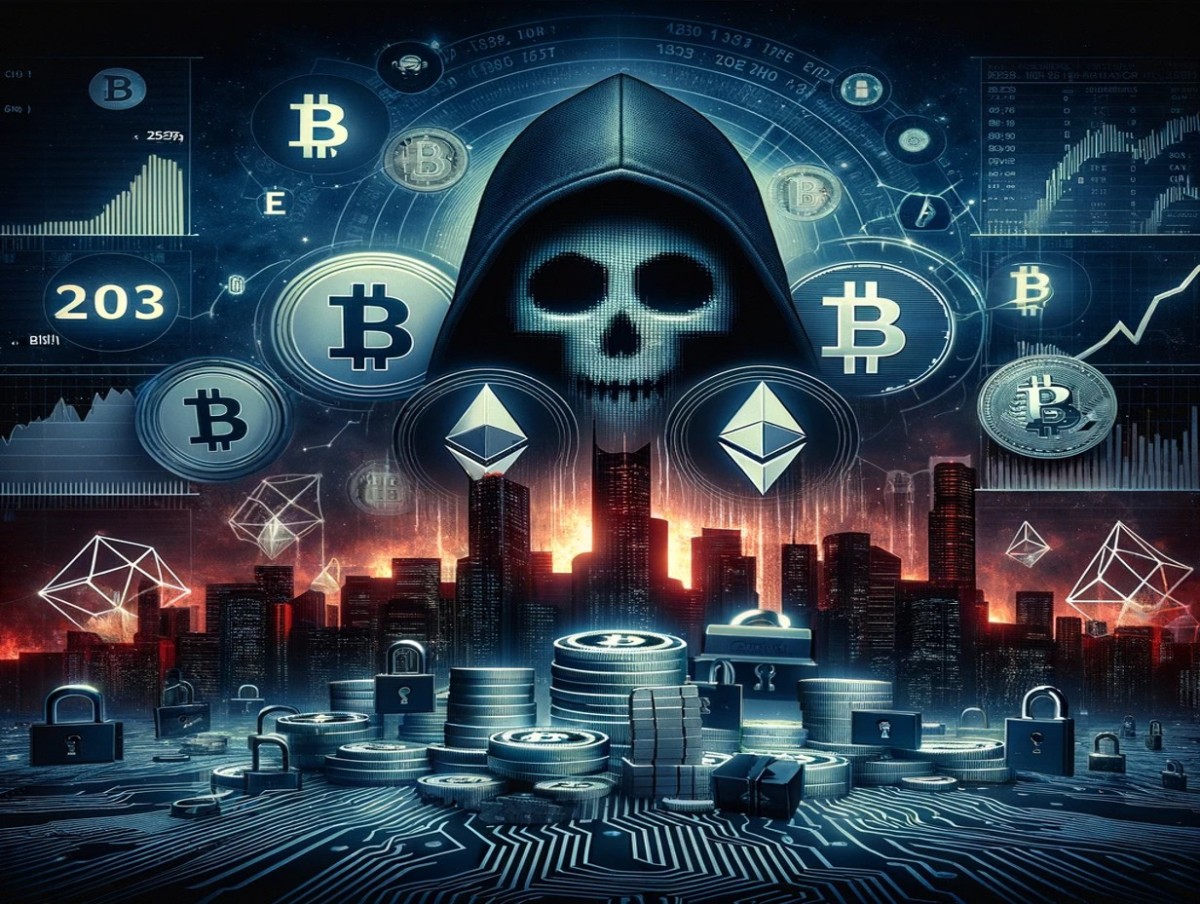In a recent report by blockchain analytics firm Chainalysis on Wednesday, payments from crypto-related ransom attacks surged to $1 billion in 2023. This alarming figure nearly doubles the amount recorded in 2022, highlighting an escalating trend in the digital extortion landscape. The data points to a concerning rise in the frequency and sophistication of ransomware attacks targeting vital sectors, including healthcare, education, and government institutions.
Escalation of ransomware tactics
Chainalysis’ findings revealed a significant increase in ransomware, with scammers increasingly targeting critical infrastructure and demanding hefty ransoms. In 2023 alone, institutions fell victim to about $1.1 billion in ransom demands, a sharp increase from the $567 million documented in 2022. This surge is attributed to a strategy known as “big game hunting,” where attackers focus on high-value targets capable of yielding payments exceeding $1 million.
Notably, the digital extortion group “cl0p” exploited vulnerabilities in the MOVEit file-sharing software, orchestrating cyber breaches that affected hundreds of organizations worldwide, including the UK’s telecom regulator and energy titan Shell. This methodical targeting has led to significant financial gains for cybercriminals, with “cl0p” alone amassing nearly $100 million in ransom payments.
The report also highlighted the adverse impact of such cybercrimes beyond the immediate financial toll, pointing to the broader implications for global security and the funding of illicit activities. Notably, cryptocurrency theft through cyberheists and ransomware attacks has been identified as a significant revenue stream for geopolitical actors like North Korea, further complicating the global fight against digital crime.
Ransomware’s global impact and response
Despite the rise in ransom payments, Chainalysis suggests that not all trends are discouraging. The analysis indicates a drop in ransomware victims acquiescing to payment demands, from the 70-80% range in 2019-2020 to just 29% in the final quarter of 2023. This shift is partly credited to enhanced cybersecurity measures, increased law enforcement activity, and growing scrutiny of cryptocurrency transactions aimed at curbing money laundering and the financing of cyber criminals.
Moreover, the report sheds light on the evolving tactics of ransomware groups in response to tighter regulations and enforcement actions. As crackdowns on illicit cryptocurrency activities intensify, these groups are being forced to innovate their money laundering techniques and are often holding onto ransom payments for extended periods to avoid detection and seizure by authorities. This dynamic indicates a potential slowdown in the operational capabilities of ransomware syndicates, suggesting that ongoing efforts to disrupt their financial pipelines may yield significant disruptions in their activities over time.






